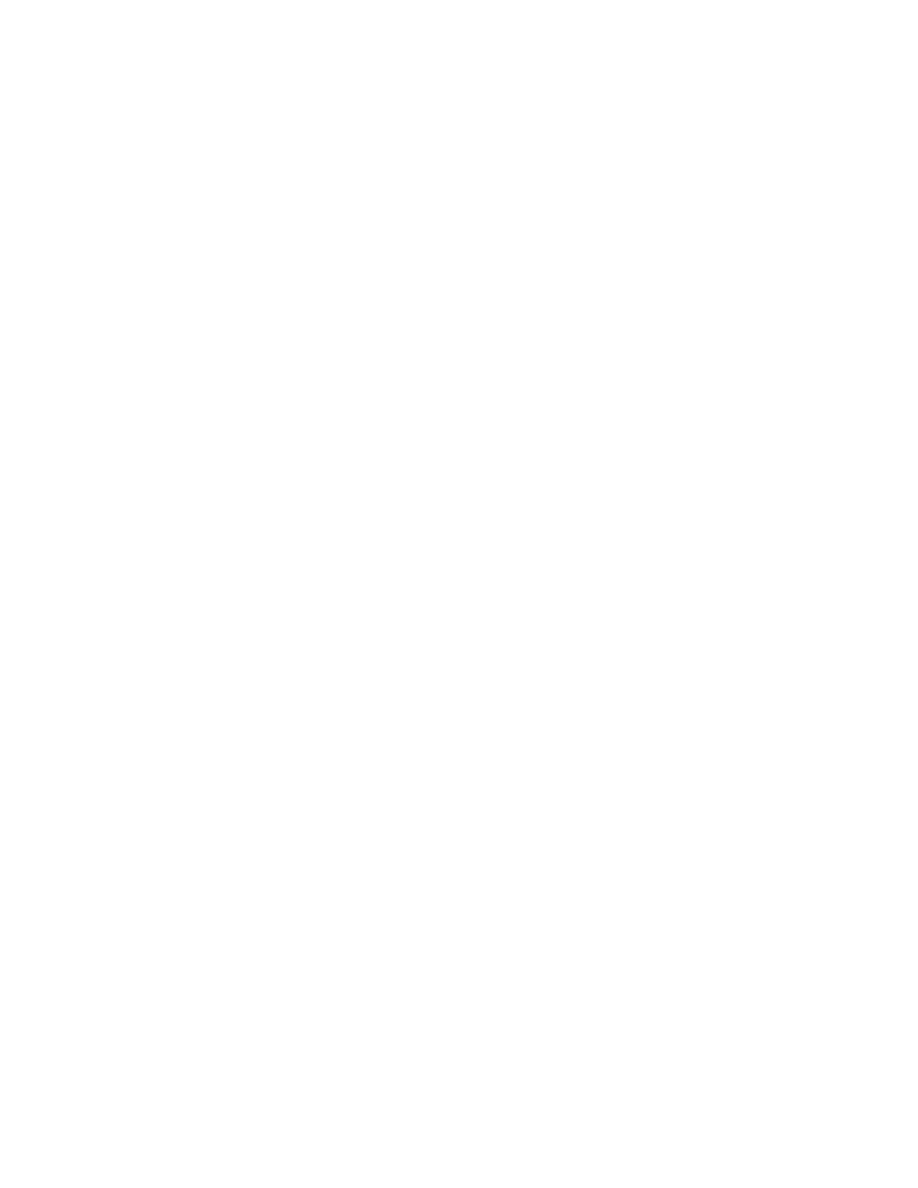
179
Federal Aviation Administration, DOT
Pt. 23, SFAR No. 23
(b) The conditions under which the per-
formance information was obtained, includ-
ing the airspeed at the 50-foot height used to
determine landing distances.
(c) The performance information (deter-
mined by extrapolation and computed for the
range of weights between the maximum
landing and takeoff weights) for—
(1) Climb in the landing configuration; and
(2) Landing distance.
(d) Procedure established under section 4 of
this regulation related to the limitations
and information required by this section in
the form of guidance material including any
relevant limitations or information.
(e) An explanation of significant or un-
usual flight or ground handling characteris-
tics of the airplane.
(f) Airspeeds, as indicated airspeeds, cor-
responding to those determined for takeoff
in accordance with section 5(b).
21.
Maximum operating altitudes. The max-
imum operating altitude to which operation
is permitted, as limited by flight, structural,
powerplant, functional, or equipment char-
acteristics, must be specified in the Airplane
Flight Manual.
22.
Stowage provision for Airplane Flight
Manual. Provision must be made for stowing
the Airplane Flight Manual in a suitable
fixed container which is readily accessible to
the pilot.
23.
Operating procedures. Procedures for re-
starting turbine engines in flight (including
the effects of altitude) must be set forth in
the Airplane Flight Manual.
A
IRFRAME
R
EQUIREMENTS
FLIGHT LOADS
24.
Engine torque. (a) Each turbopropeller
engine mount and its supporting structure
must be designed for the torque effects of—
(1) The conditions set forth in FAR
23.361(a).
(2) The limit engine torque corresponding
to takeoff power and propeller speed, multi-
plied by a factor accounting for propeller
control system malfunction, including quick
feathering action, simultaneously with 1
g
level flight loads. In the absence of a ration-
al analysis, a factor of 1.6 must be used.
(b) The limit torque is obtained by multi-
plying the mean torque by a factor of 1.25.
25.
Turbine engine gyroscopic loads. Each
turbopropeller engine mount and its sup-
porting structure must be designed for the
gyroscopic loads that result, with the en-
gines at maximum continuous r.p.m., under
either—
(a) The conditions prescribed in FARs
23.351 and 23.423; or
(b) All possible combinations of the fol-
lowing:
(1) A yaw velocity of 2.5 radius per second.
(2) A pitch velocity of 1.0 radians per sec-
ond.
(3) A normal load factor of 2.5.
(4) Maximum continuous thrust.
26.
Unsymmetrical loads due to engine failure.
(a) Turbopropeller powered airplanes must
be designed for the unsymmetrical loads re-
sulting from the failure of the critical engine
including the following conditions in com-
bination with a single malfunction of the
propeller drag limiting system, considering
the probable pilot corrective action on the
flight controls.
(1) At speeds between
V
MC
and V
D,
the
loads resulting from power failure because of
fuel flow interruption are considered to be
limit loads.
(2) At speeds between
V
MC
and
V
C,
the
loads resulting from the disconnection of the
engine compressor from the turbine or from
loss of the turbine blades are considered to
be ultimate loads.
(3) The time history of the thrust decay
and drag buildup occurring as a result of the
prescribed engine failures must be substan-
tiated by test or other data applicable to the
particular engine-propeller combination.
(4) The timing and magnitude of the prob-
able pilot corrective action must be conserv-
atively estimated, considering the character-
istics of the particular engine-propeller-air-
plane combination.
(b) Pilot corrective action may be assumed
to be initiated at the time maximum yawing
velocity is reached, but not earlier than two
seconds after the engine failure. The mag-
nitude of the corrective action may be based
on the control forces specified in FAR 23.397
except that lower forces may be assumed
where it is shown by analysis or test that
these forces can control the yaw and roll re-
sulting from the prescribed engine failure
conditions.
G
ROUND
L
OADS
27.
Dual wheel landing gear units. Each dual
wheel landing gear unit and its supporting
structure must be shown to comply with the
following:
(a)
Pivoting. The airplane must be assumed
to pivot about one side of the main gear with
the brakes on that side locked. The limit
vertical load factor must be 1.0 and the coef-
ficient of friction 0.8. This condition need
apply only to the main gear and its sup-
porting structure.
(b)
Unequal tire inflation. A 60–40 percent
distribution of the loads established in ac-
cordance with FAR 23.471 through FAR 23.483
must be applied to the dual wheels.
(c)
Flat tire. (1) Sixty percent of the loads
specified in FAR 23.471 through FAR 23.483
must be applied to either wheel in a unit.
(2) Sixty percent of the limit drag and side
loads and 100 percent of the limit vertical
load established in accordance with FARs
23.493 and 23.485 must be applied to either
wheel in a unit except that the vertical load
VerDate Mar<15>2010
10:12 Mar 18, 2014
Jkt 232046
PO 00000
Frm 00189
Fmt 8010
Sfmt 8002
Y:\SGML\232046.XXX
232046
pmangrum on DSK3VPTVN1PROD with CFR